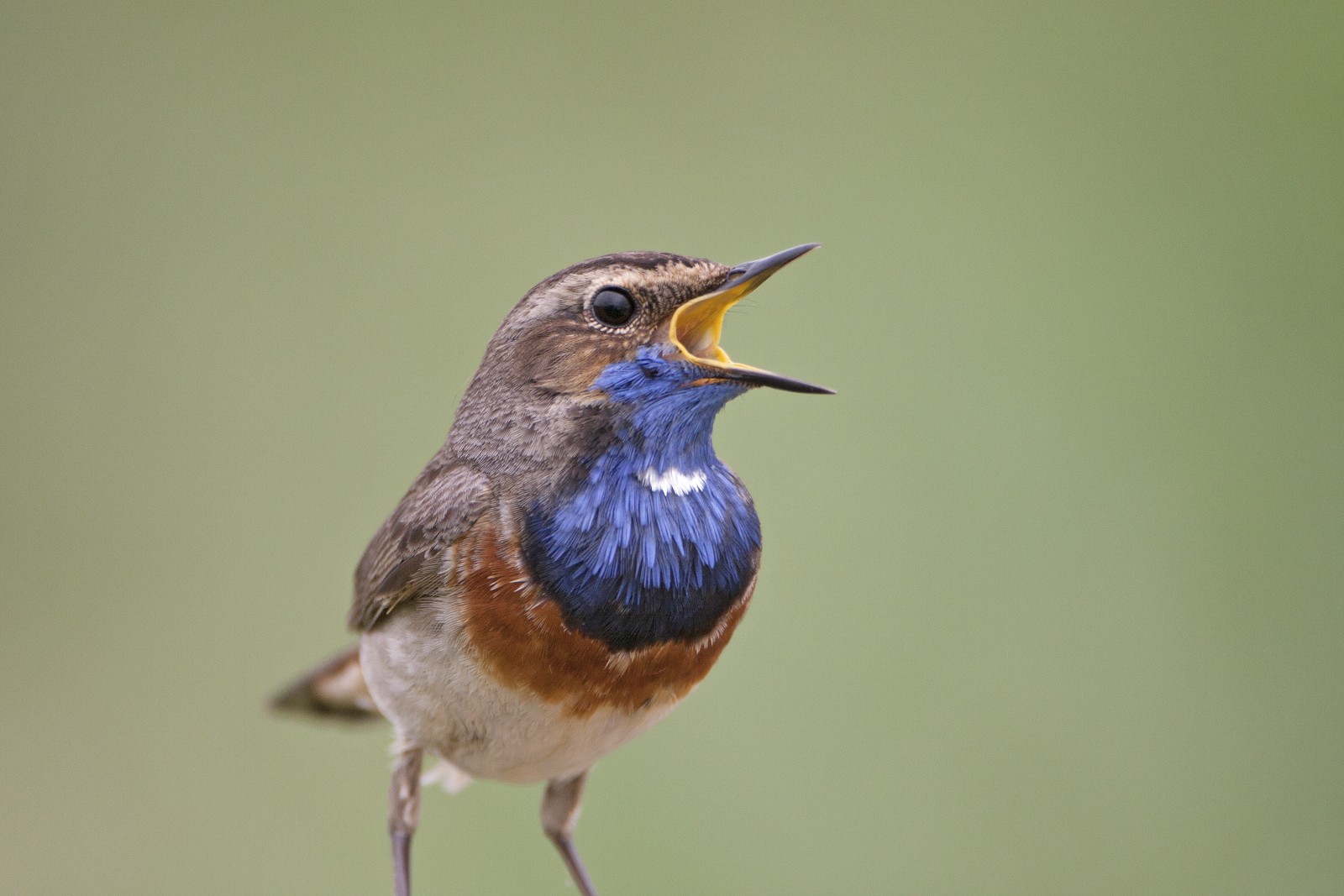Charger images
Les formats d'image autorisés sont de type jpeg, png ou gif
La taille maximale du fichier doit être de 20MB


Water purification area in the dunes near Castricum. Many birds to see in all seasons. In the middle of the area you can find a large Grand Cormoran colony.
Infiltration area Castricum is a dune area where drinking water is produced by means of infiltration of river water. A circular trail runs partly through forests, but also through a beautiful open, wetland area with reeds and open dunes with lots of sea buckthorn. Infiltration area Castricum is a good bird area all year round. Because it is close to the sea and on the migration route, the chance of special birds and rarities is always present here during the spring and autumn migrations and Balbuzard pêcheur and Traquet motteux are often seen then. You can see Martin-pêcheur d'Europe, Autour des palombes, Fuligule milouin, Bécassine des marais and Pic vert all year round. In the winter you can find Cygne chanteur, Râle d'eau and Butor étoilé. In spring and summer Rousserolle verderolle, Gorgebleue à miroir, Faucon hobereau, Tarier pâtre en Rossignol philomèle. In the middle of the area is a large Grand Cormoran breeding colony. Along the way you will also pass a bird watching screen and some dune lakes.
_________________________
Nederlands: Infiltratiegebied Castricum is een duingebied waar drinkwater wordt geproduceerd door middel van infiltratie van rivierwater. Vanaf bezoekerscentrum de Hoep kun je een mooie wandeling maken. Die loopt deels door bossen, maar ook door een prachtig open, waterrijk gebied met riet en open duin met veel duindoorn. Infiltratiegebied Castricum is het hele jaar door een goed vogelgebied. Omdat het vlakbij zee ligt en op de trekroute is de kans op bijzondere vogels en zeldzaamheden hier altijd aanwezig tijdens de voorjaarstrek en najaarstrek. Vaak worden dan Balbuzard pêcheur en Traquet motteux gezien. Verder kun je hier het hele jaar door Martin-pêcheur d'Europe, Autour des palombes, Fuligule milouin, Bécassine des marais en Pic vert zien. In de winter kun je hier Cygne chanteur, Râle d'eau en Butor étoilé aantreffen. In lente en zomer Rousserolle verderolle, Gorgebleue à miroir, Faucon hobereau, Tarier pâtre en Rossignol philomèle. Midden in het gebied zit een grote Grand Cormoran broedkolonie. Onderweg passeer je ook nog vogelkijkhutten, een vogelkijkscherm en wat leuke duinmeertjes waar je soms steltlopers kunt zien.
Paid parking at De Hoep visitor center. From there a walking route of 7 km is signposted with red arrows. The route runs first through forests and then along the infiltration basins. A small part of the route follows a busy cycle path, which fortunately is wide enough, but watch the cyclists.
_________________________
Nederlands: Betaald parkeren bij bezoekerscentrum De Hoep. Vanaf daar staat een wandelroute van 7 km met rode pijltjes bewegwijzerd. De route loopt eerst door bossen en vervolgens langs de infiltratiebekkens. Een klein deel van de route loopt over een druk fietspad, dat gelukkig breed genoeg is, maar let wel op de fietsers. Je kunt het infiltratiegebied dus ook prima per fiets bereiken over het fietspadennetwerk.
Votre feedback sera transmis à l’auteur.rice de cette zone et à l’équipe éditoriale de Birdingplaces, qui l’utiliseront pour améliorer la qualité des informations. (Vous souhaitez publier un commentaire visible en bas de page ? Fermez cette fenêtre et choisissez l’Option 1 : « Publier un commentaire, un conseil ou une observation ».)
Veuillez fournir des suggestions d'améliorations ou d'ajouts au texte de ce site ornithologique.
Veuillez fournir vos suggestions d'améliorations ou d'ajouts à la carte.
Veuillez fournir des suggestions d'améliorations ou d'ajouts à la liste des oiseaux.
Cliquez sur l'icône de l'oiseau () Insérez les noms d'oiseau dans votre langue. Ils seront automatiquement traduits pour les autres usagers !